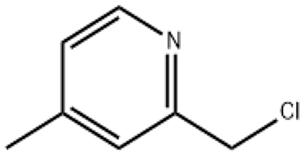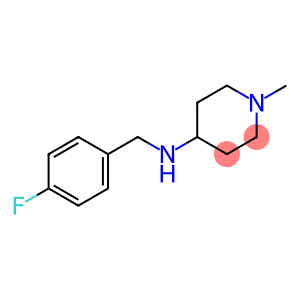2-Chloro-4-picoline(CAS# 3678-62-4)
| Risk Codes | R36/37/38 – Irritating to eyes, respiratory system and skin. R20/21/22 – Harmful by inhalation, in contact with skin and if swallowed. |
| Safety Description | S26 – In case of contact with eyes, rinse immediately with plenty of water and seek medical advice. S36 – Wear suitable protective clothing. S36/37/39 – Wear suitable protective clothing, gloves and eye/face protection. |
| WGK Germany | 3 |
| HS Code | 29349990 |
| Hazard Class | IRRITANT, IRRITANT-H |
Introduction
2-Chloro-4-methylpyridine is an organic compound. Here is some information about its properties, uses, manufacturing methods, and safety:
Quality:
- Appearance: 2-Chloro-4-methylpyridine is a white crystalline solid.
- Solubility: It has low solubility in water but is soluble in organic solvents such as alcohols and ethers.
Use:
- Chemical synthesis: 2-chloro-4-methylpyridine is often used as a reagent and intermediate in organic synthesis. It can be used as a chlorinated reagent in chemical reactions. For example, it can react with alcohols to form ethers, with aldehydes and ketones to form imine compounds, etc.
Method:
There are two common methods of preparation:
- Method 1: 2-chloro-4-methylpyridine is obtained by reacting 2-methylpyridine with hydrogen chloride.
- Method 2: 2-chloro-4-methylpyridine is obtained by reacting 2-methylpyridine with chlorine gas.
Safety Information:
- 2-Chloro-4-methylpyridine is toxic and can irritate the eyes, respiratory system, and skin. Appropriate protective equipment such as gloves, respirators, and goggles should be worn during use.
- It should be stored in a dry, well-ventilated place, away from fire sources and oxidants.
- Follow safe operating procedures when using and avoid mixing with other chemicals. In case of accidental ingestion, or accidental contact with the skin, seek medical attention immediately.








